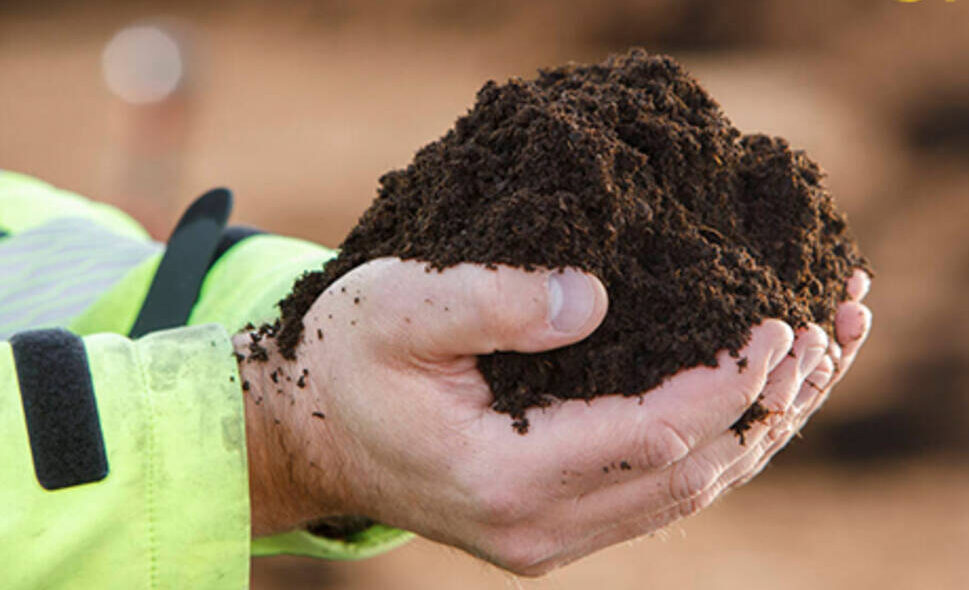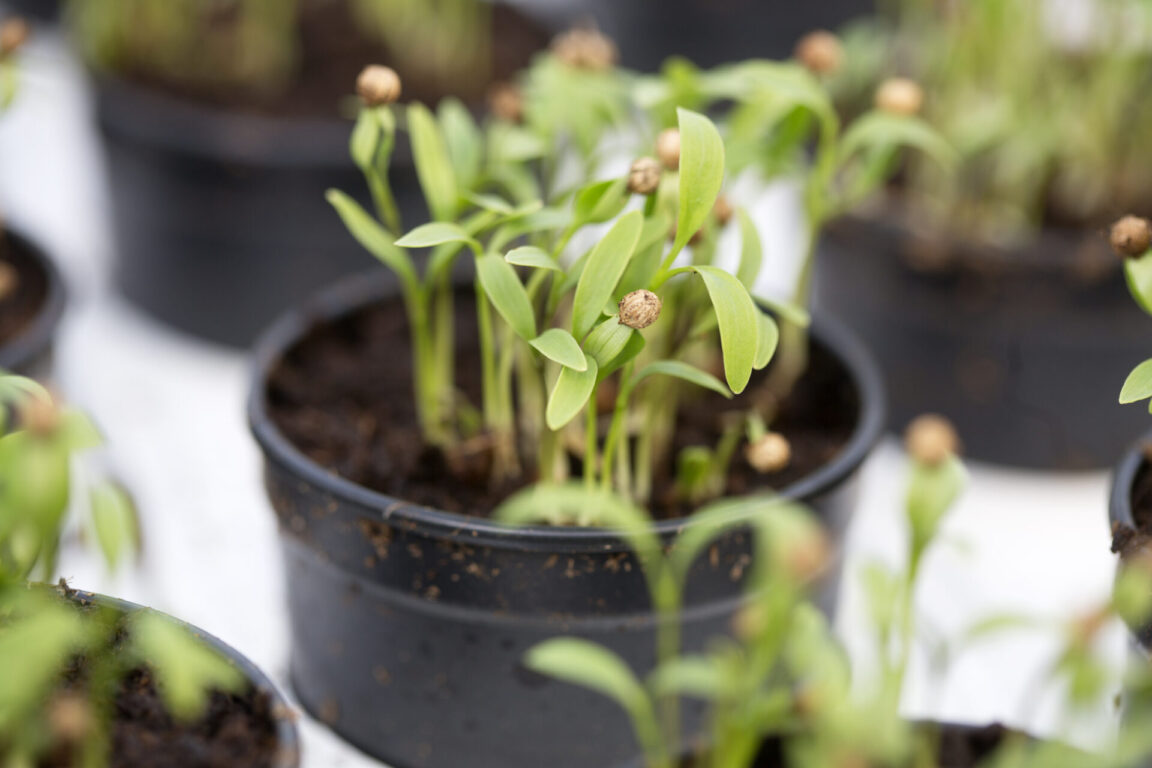
Peat in our growing media
We use peat in our growing media due to its unique properties that support healthy plant growth. It is formed of partially decayed vegetation in wetlands and it is the safest, purest and most-used raw material for growing.
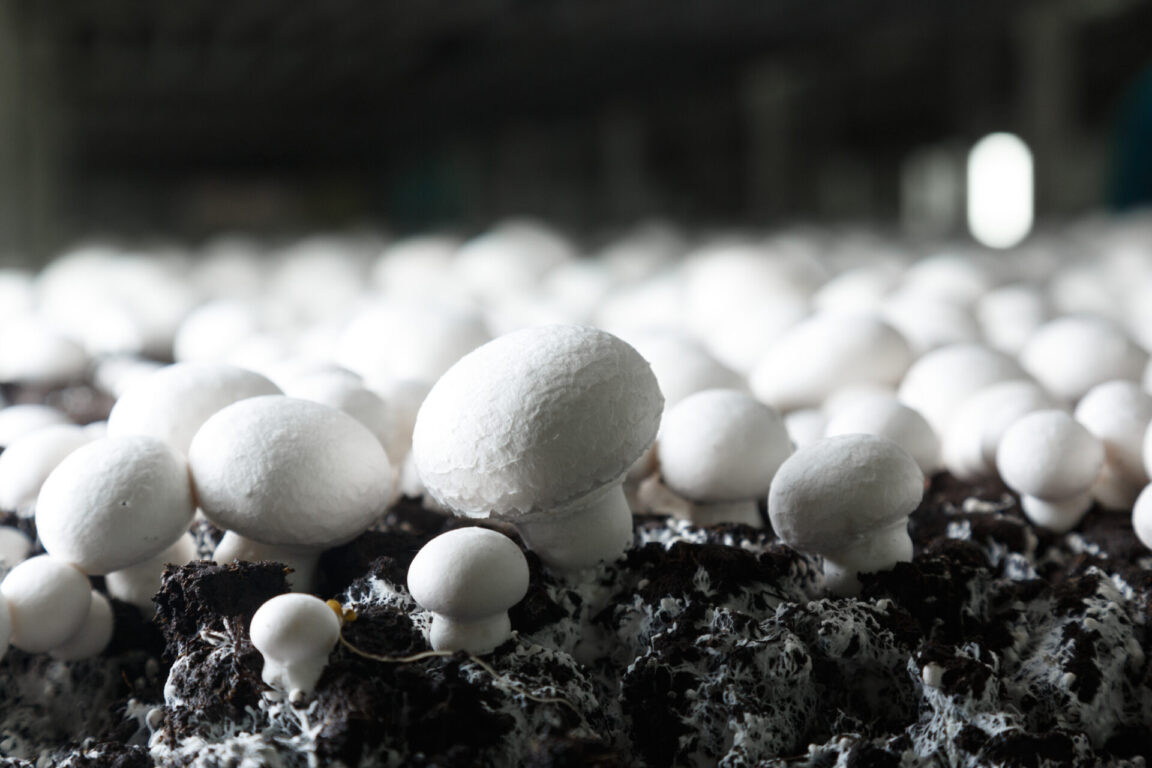
Peat increases water retention
Peat can hold a significant amount of water, which ensures that plants have a consistent supply of moisture. This is crucial for maintaining plant health, especially in controlled environments like greenhouses.
Peat improves soil structure
Despite its water-holding capacity, peat also provides good aeration and drainage. This balance prevents waterlogging and ensures that plant roots receive enough oxygen.
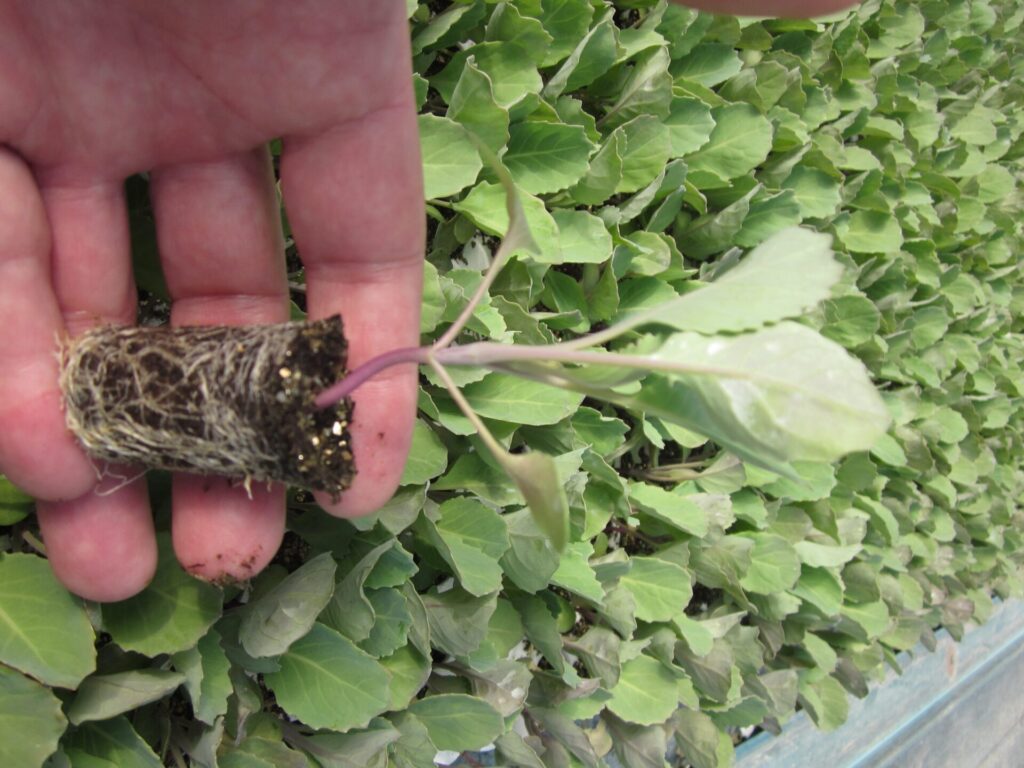
Peat helps to reduce leaching of nutrients
Peat helps retain nutrients and makes them available to plants over time. This reduces the need for frequent fertilization and helps in maintaining a stable growing environment.
Contains no weeds or pathogens
Peat is naturally sterile, meaning it is free from weeds, pests, and diseases. This makes it a safe growing medium for plants, reducing the risk of contamination.
Peat improves pH buffering
Peat is highly tolerant of pH variations and has a natural ability to buffer pH levels, which helps maintain a stable and suitable pH for plant growth. This is important for nutrient uptake and overall plant health.
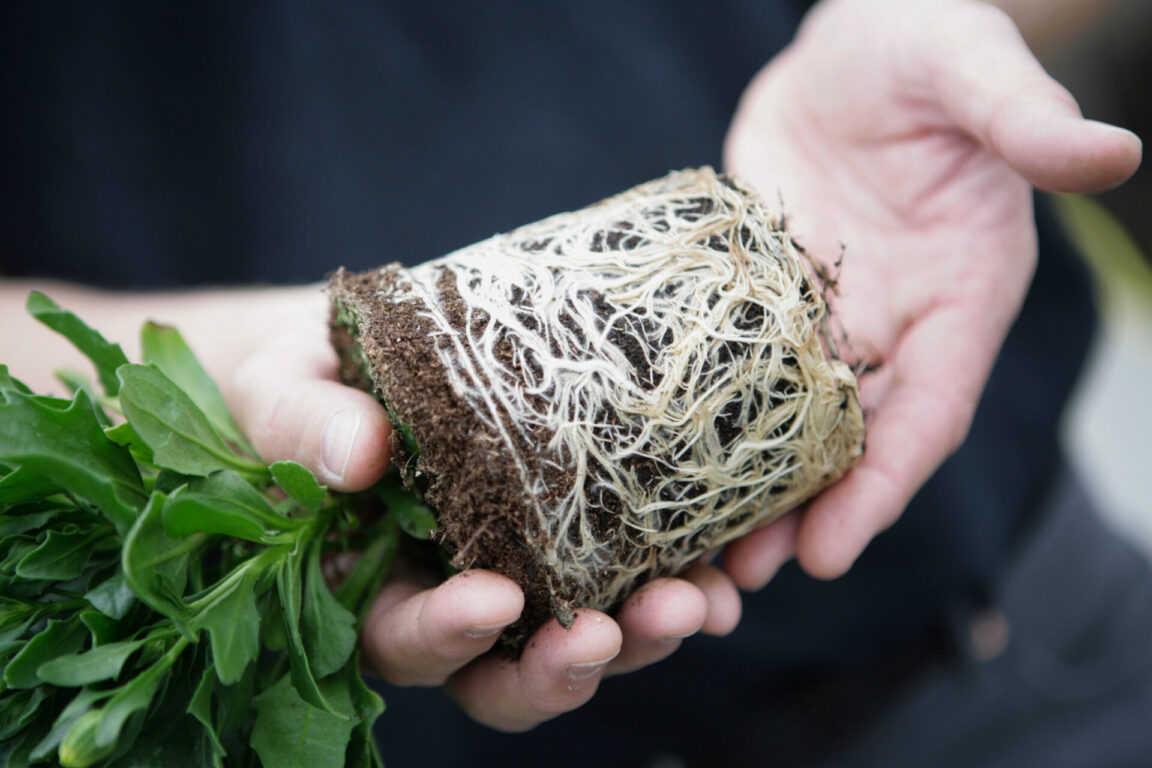
Peat is easy to handle
Peat is relatively lightweight compared to soil, making it easier to handle and transport. This is beneficial for both commercial growers and hobby gardeners.
Peat enables us to trial and use new circular and renewable materials
Peat is an invaluable component of growing media, as it supports the efficient and effective cultivation of a wide variety of plants by improving the balance in the substrate.
Responsibly produced peat
No more than 0,4% of the peatlands in Europe is used for peat extraction. About 40% of the European peatland is used for agriculture and forestry. These peatlands are drained, otherwise they can’t be used. Draining peatland degrades it and release carbon dioxide (CO2).
Already drained peatlands can be used for peat production and peat production is governed through national environmental permitting processes. After restoration, they become carbon sinks, which significantly reduces CO2 emissions.
*Sources: RPP. IPS 2010 Strategy for Responsible Peatland Management, IPS, 2010.
Responsibly Produced Peat (RPP) is an independent organisation that ensures that peatland is used, managed and restored in a responsible way:
- Pristine peatlands are untouched
- Peat production is as environmentally friendly as possible
- Peatlands are sustainably restored after production
- Best Available Technology (BAT) harvesting means smart production and clean waters.
